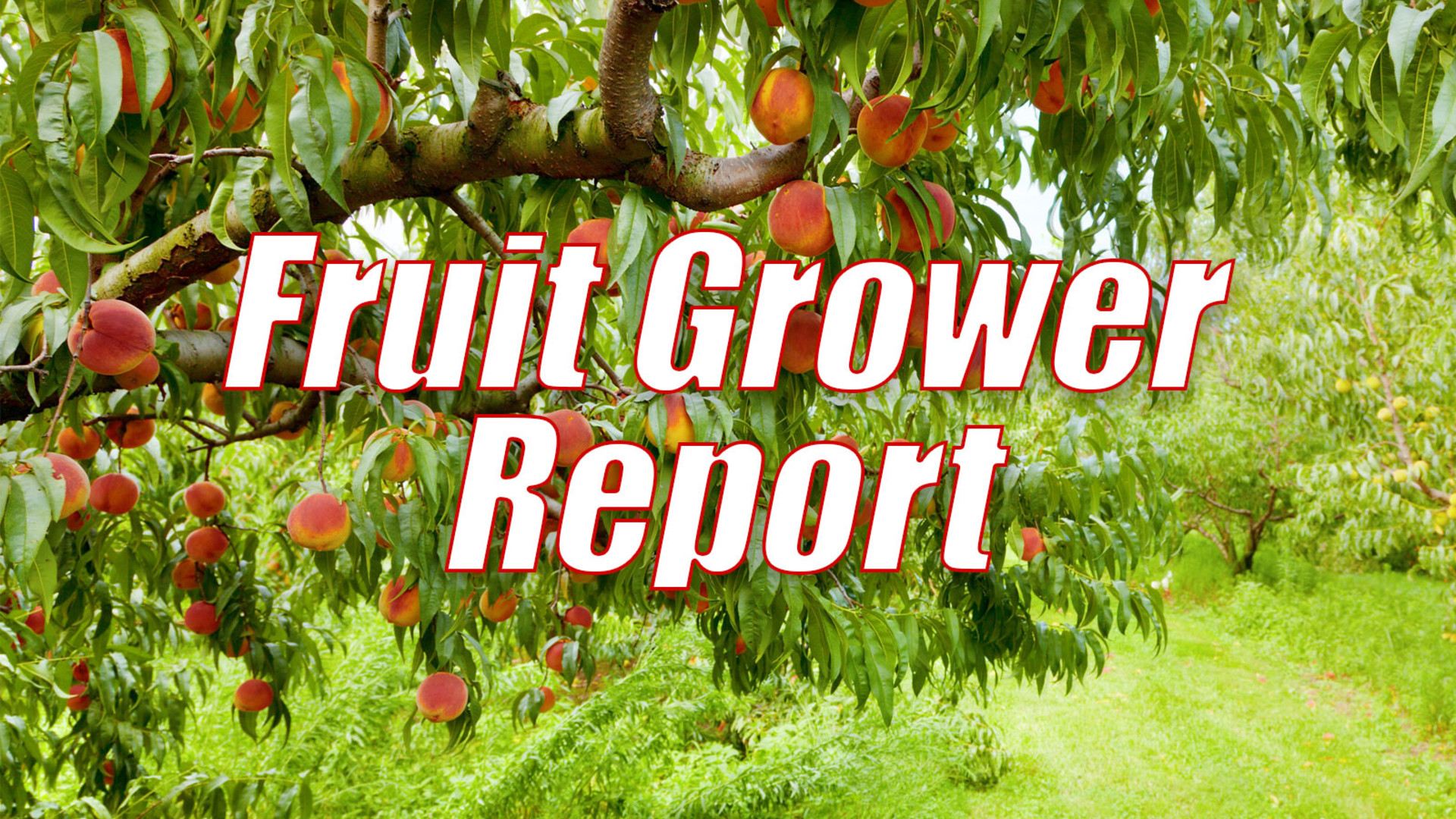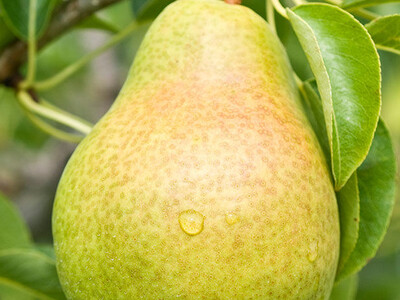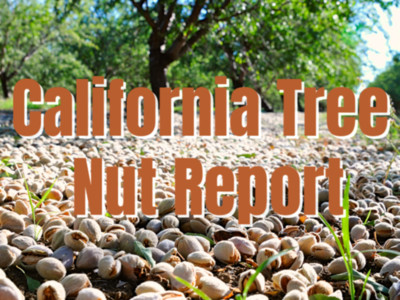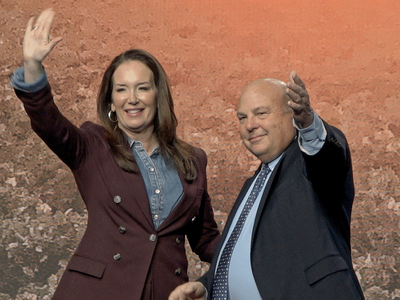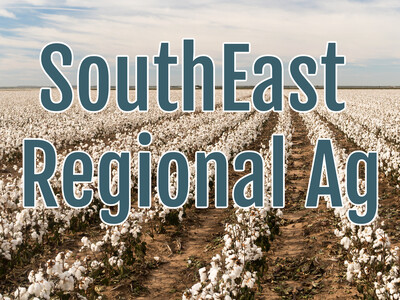Raspberry Fumigation Trials
Raspberry Fumigation Trials. I’m Greg Martin with today’s Fruit Grower Report.
Yesterday we introduced the story of Tom Walters, Asst. Horticulturist/Extension Specialist from WSU Extension Mount Vernon and his research on using less fungicides for raspberry production and using a bed fumigation approach to apply them.
WALTERS: I got really interested in it when I learned about EPA’s new regulations on most of the soil fumigants. The thing that really caught my eye was buffer requirements and those state that you can’t have an occupied structure within a certain area of a fumigated field.
The size of the buffer depends on a number of criteria and due to the size Walters says it would really prevent western Washington raspberry producers from growing crops.
WALTERS: I realized that this really spelled trouble for raspberry growers so I started wondering, well, what could we do that would help. I worked with some USDA cooperators and we already had some studies going on bed fumigation for berry nurseries and so we thought the buffers when you bed fumigate are a lot smaller than they are with regular broadcast fumigation.
He says they then put pencil to paper and made some calculations.
WALTERS: For a typical 20-acre field, if we broadcast fumigated the way that the raspberry growers usually do, our buffer would be about 600 feet. That’s big. Most fields have a house within 600 feet of them. But if we bed fumigated that same field, our buffer would be about 25 feet.
More tomorrow.
That’s today’s Fruit Grower Report. I’m Greg Martin on the Ag Information Network.


